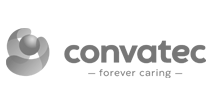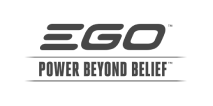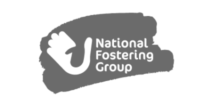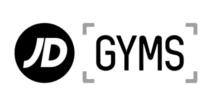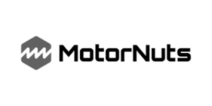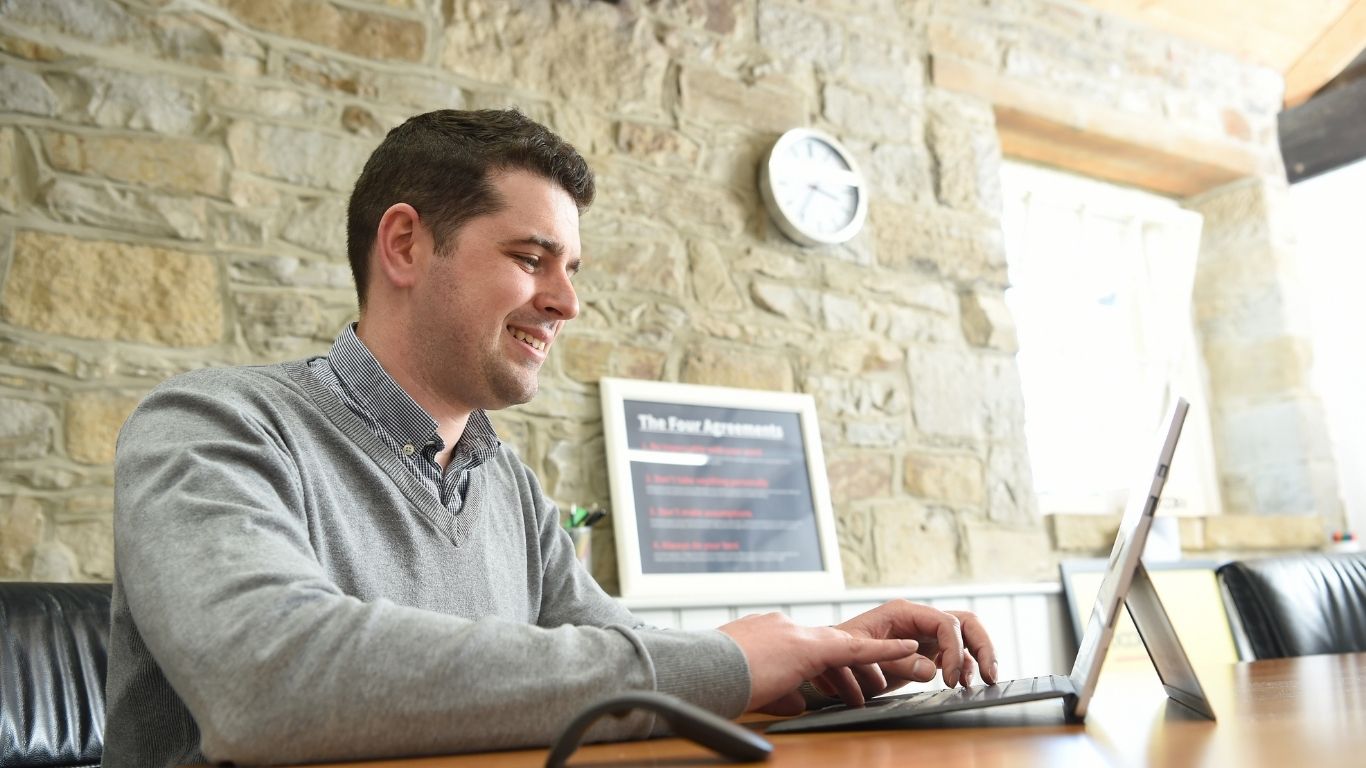
What happens when you test your website copy?
The power of copy is undervalued. It touches every aspect of your website. It introduces your brand proposition and your products or services. It helps people understand if they trust you, like you, and want to do business with you.
Poor copy. It gets overlooked or shoe-horned in as an afterthought – after the wireframe has been built, after the advert has been designed. So, it’s not surprising brands don’t think of optimising it for better results either. But, if you can test the colour of ‘buy’ buttons and the validity of burger menus, why not copy?
When to test your copy
Testing is absolutely critical for making improvements to your website. It’s a powerful addition to your other performance marketing tactics, like SEO. Even if you had a professional copywriter in the job, working with your UX people and your SEO people and your developers, you can always find improvements to make.
What test first should be led by analysing your KPIs. You should test your copy when:
- Your conversions are not going as well as you expect
- You want to understand more about your customers
- You’re repositioning your brand
- You’re adding new elements, like content blocks, pages or tools
What types of copy you should test
Set your ‘soft’ objectives
Word choices are really important.
- How do you want your customer to feel?
- What do you want them to do?
- What words will mean the most to them?
- Where is the customer in their journey?
- What information or inspiration do they need at certain points?
The website elements to test
- CTA buttons
For example, test different ways of prompting action using BUY NOW versus ADD TO CART; or SIGN UP versus JOIN THE CLUB. - CTA blocks
This is a block on your website that reminds your users why you’re the best. For example, you might remind them of your USPs, or the features and benefits of a product or service. - Headlines (H1s, H2s, H3s)
For example, a headline that inspires versus one that informs or gives a direct call to action. - Intro text
This needs to summarise what you’re going to tell them, and give them the most important information concisely. You could test different USPs to find out which matters to them most, and whether they want to be inspired or informed. - Forms
If you want them to share their contact details, your customers will need reassurance and information to persuade them to take the next step. - Anything else that contains copy
Really, anywhere you have copy is up for grabs.
Tips on how to test your copy
- Use polarised examples as a starting point – softer language versus a harder, decisive tone.
- Try words or phrases that mean the same thing but have a different tone of voice – ‘make an enquiry’ versus ‘give us a call’.
- Test different copy lengths – shorter and longer headlines, shorter and longer paragraphs, shorter and longer pages.
- Test different ways of laying out your copy too – sometimes bullet points work better than long form copy.
- You can also test different copy positioning and page layouts to best display your copy.
Examples of UX testing different copy
PPC landing page copy
Five variants of copy were tested altogether for a period of 2 months, by which time we had statistically significant data (total of 2,425 visits).
- Control (original)
- Emotive messaging
- Urgency messaging
- USP1
- USP2
USP1 was the winning variant with an increase in conversions of 35.45% over the control, achieving a conversion rate of 8.55%.
CTA button wording
Six variants of CTA button wording were tested altogether for a period of 2 months, by which time we had statistically significant data (total of 1,844 visits).
- Control (original)
- Apply now
- Enquire now
- Get info
- Contact us
- Get in touch
The ‘Enquire now’ variant won (interestingly – against our expectations, as we thought it might be too formal). It garnered an increase in conversions of 34.40% over the control, achieving a conversion rate of 2.04%.
What happens when you test your copy?
In short, you discover what makes your visitors become customers (or do whatever other conversion you’re angling for).
UX testing is exciting. It really cuts through the subjective arguments. It gives you genuine information about what works and what doesn’t. And if you can optimise the way your website works, this means conversions, growth, perhaps even the opportunity to scale your business and help it reach its full potential.
Otherwise, decisions are made based on the marketing manager’s favourite colour or what a web development company recommended three years ago. So much money is wasted making web dev changes that don’t work.
Remember
- Always test your variants against the original control.
- Measure your data long enough to acquire statistically significant results.
- Be creative and apply your learning – don’t assume anything.
- Test for mobile and desktop. Make your choices in accordance with the device your audience prefers.
- Balance your keyword needs with the relevance of the messaging to your audience.
- If you want to know more about UX testing on all elements of your website, read about how it works within a programme of Conversion Rate Optimisation.
If you want to know more about UX testing on all elements of your website, read about how it works within a programme of Conversion Rate Optimisation.
Thanks to Performance Executive Olivia Breckell for the data. Photo by Syd Wachs on Unsplash
-
 27.11.2019|Not a copywriter but still need to write copy? Whether you love or loathe making pixels into words, here’s valuable insight into how the pros craft good web copy.
27.11.2019|Not a copywriter but still need to write copy? Whether you love or loathe making pixels into words, here’s valuable insight into how the pros craft good web copy.
Scrapbook
We have a lot to talk about.Door4 opinions and insight - exploring performance marketing, communications and optimisation.

